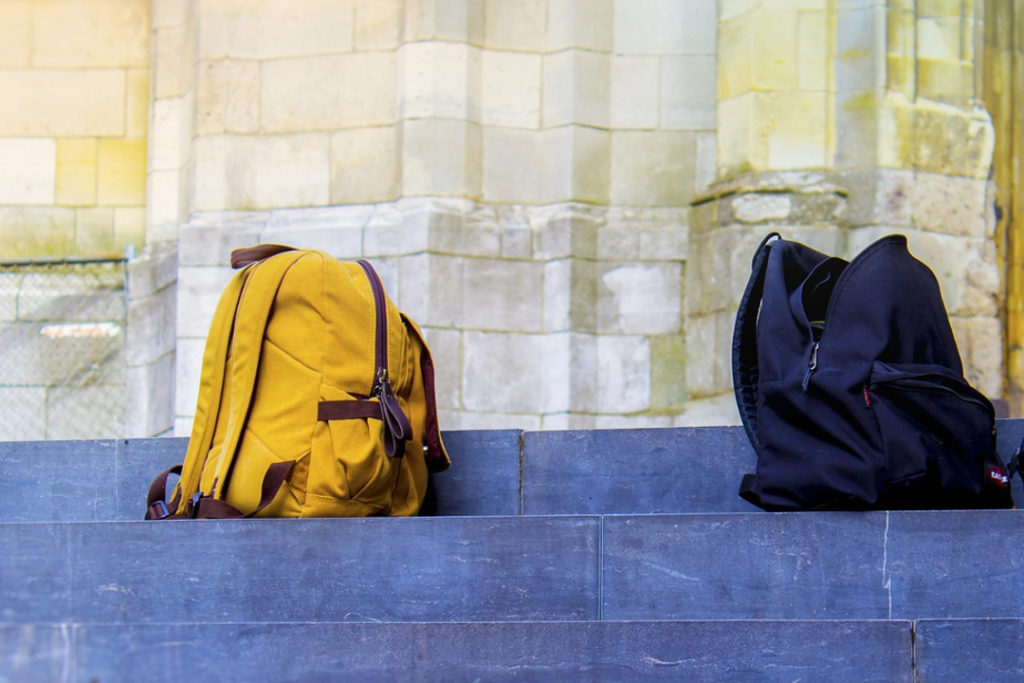
Contents
How Much Weight is Recommended?
The maximum weight a child should carry is 10% of their body weight including all things like their water bottle, lunch box etc.What are the Effects?
Heavy bag puts the child’s health and physical development at risk which reduces the growth of the children. Immediate effects:-
Back, neck and shoulder pain along with numbness and weakness in the hands.
- The strain on the neck and shoulder lead to a headache.
- Spine damage leads to problems like hunched back and scoliosis (spine bent sideways)
- Reduced blood flow to the limbs
- Heavy school bags are also known cause of cervical and lumbar pains.
- Bent posture reduces the breathing capacity due to pressure on the lungs.
- Carrying excess weight could damage these growth centers leading to the stunted or abnormal growth of the bones of the child. Each bone has a growth center or points from which growth of the bone takes place as per the age.
What can be Done?
Schools contribution- School authorities should make it mandatory for students to carry light weight bags.
- Teachers can give clear instructions for the study material to be bought the next day. Sharing of textbooks can be encouraged.
- Lockers can be used by students to keep the things or books that need not be carried home every day. Alternatively, the student’s desks can be made with lockers so that there is no running over to the locker room in between classes.
- Parents should encourage and guide the children to arrange books on a daily basis.
- Avoid hard binding textbooks and boxes instead use soft binding books and pouches.
- Broken pencils, bits of paper can be cleaned once every week.
- Put the bag down. Teach your kids to put the bag down whenever they can, like while waiting at the bus stop, traveling by school bus, etc.
- Pack smartly. Train your kids to pack their bag wisely, with heavier books at the bottom and lighter books and accessories on top.